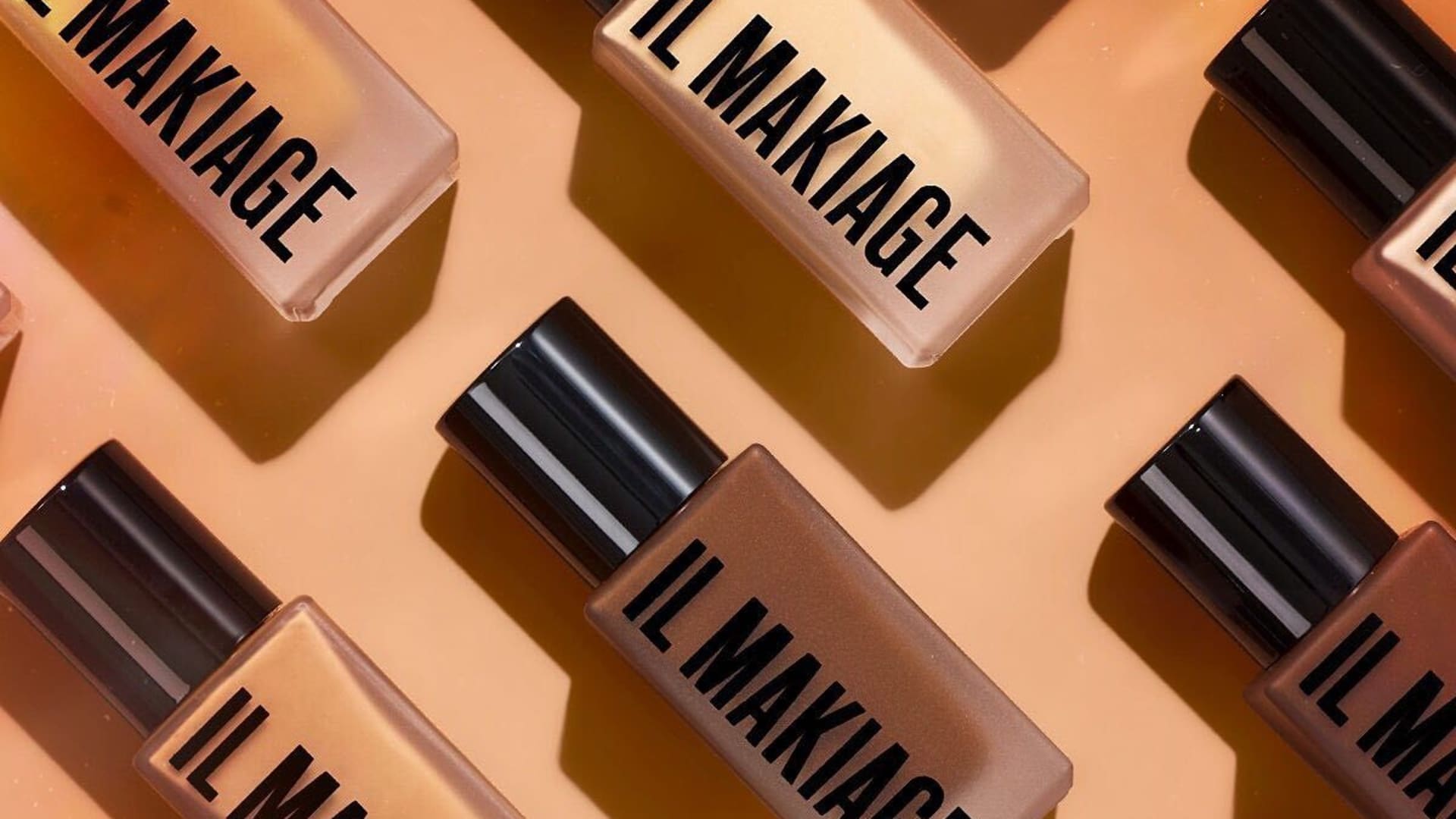
As the retail industry braces for profits to take a hit from tariffs, Oddity Tech is bucking the trend and raising its outlook after another quarter of outsized growth, the company said Tuesday.
The beauty and tech retailer behind Il Makiage and Spoiled Child hiked both its earnings and profit guidance for fiscal 2025 and said it isn’t weighing price increases to weather the impact of new levies.
“We have other mitigating initiatives, and we’ll have to see ultimately where tariffs shake out. There’s also discussions on tariff rates being reduced, so we’ll have to wait and see where the administration ultimately lands,” finance chief Lindsay Drucker Mann told CNBC in an interview. “But what we know is that we have a lot of offsetting abilities, so we don’t expect to have to do anything drastic.”
In a news release, Oddity said it expects tariff headwinds to be “manageable.”
“The 2025 outlook incorporates ODDITY’s current view of tariff and trade-related headwinds. While policy outcomes are in flux, based on the information ODDITY has today, these headwinds are expected to be manageable and largely offset by cost efficiencies,” the company said. “ODDITY believes the impact from tariff and trade-related headwinds in 2026 will be similarly manageable.”
Shares soared 15% in extended trading.
Here’s how the company performed in its fiscal first quarter, compared with what Wall Street was anticipating, based on a survey of analysts by LSEG:
- Earnings per share: 69 cents adjusted vs. 62 cents expected
- Revenue: $268 million vs. $261 million expected
The company’s reported net income for the three-month period that ended March 31 was $37.8 million, or 63 cents per share, compared with $33 million, or 53 cents per share, a year earlier. Excluding one-time expenses related to stock-based compensation, Oddity posted earnings of 69 cents per share.
Sales rose to $268 million, up 27% from $212 million a year earlier.
For the current fiscal year, Oddity is now expecting revenue to be between $790 million and $798 million, up from a previous range of $776 million to $785 million. Its sales outlook tops the $784 million analysts were expecting, according to LSEG.
Oddity is now expecting adjusted earnings per share to be between $1.99 and $2.04, compared to its prior range of between $1.94 and $1.98 per share. The outlook is ahead of the $1.93 per share analysts were expecting, according to LSEG.
Oddity is also expecting its gross margin to be 71% for fiscal 2025, up from a prior forecast of 70%, and adjusted EBITDA to be between $157 million and $161 million, up from its previous outlook of between $155 million and $158 million. Oddity’s outlook for gross margin and adjusted EBITDA was not comparable to estimates.
For the current quarter, Oddity is expecting revenue to be between $235 million and $239 million, beating estimates of $232 million, according to LSEG. It’s expecting adjusted earnings to be between 85 cents and 89 cents per share, ahead of estimates of 84 cents a share, according to LSEG.
The direct-to-consumer company has been a rare bright spot not just among the chronically unprofitable brands that only sell their products exclusively online, but also the retail industry at large, which has been in panic mode since President Donald Trump announced his plans for so-called reciprocal tariffs on dozens of countries. He later temporarily lowered those rates on most countries.
Many companies are planning to cut costs to limit price increases. But Oddity’s profit margins are larger than most of its competitors because of its direct model, so it’s still focused on growth. Plus, many see the beauty industry as well suited to weather periods of economic distress because it’s the kind of thing consumers can reach for when they can’t afford higher ticket items.
So far this year, Oddity’s stock is up 11%, outpacing the S&P 500’s 5.4% loss in the same period.
“Just from a [profit and loss] perspective, the exposure is more limited. Secondly, our biggest market where we buy from is Europe. We don’t have an outsized exposure to China,” which faces a staggering 145% tariff on many exports to the U.S., said Drucker Mann. “So based on the current tariff policies contemplated, it’s not a huge source of inflation for us.”







